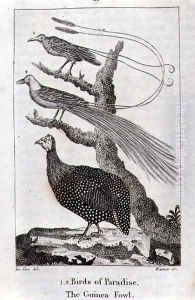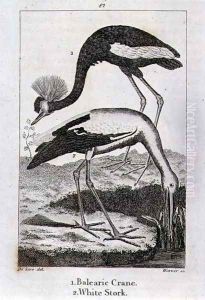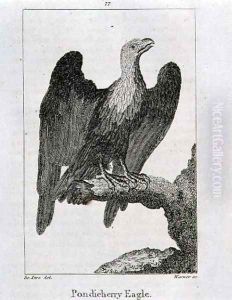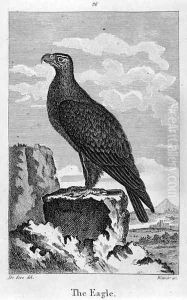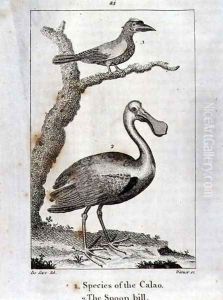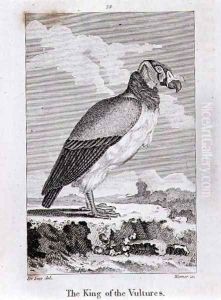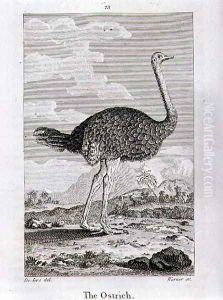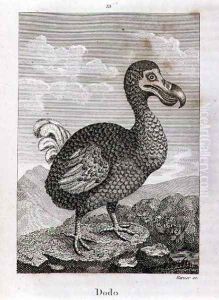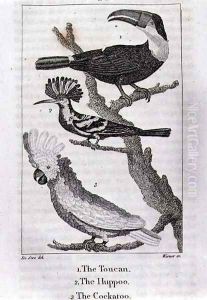Jacques de Seve Paintings
Jacques de Sève was a French artist, known primarily for his detailed illustrations of animals. His life remains somewhat enigmatic, with few records documenting his personal history or training. Despite the scarcity of information about his early years, de Sève's work has left a lasting impact, particularly through his contributions to the 'Histoire Naturelle,' a comprehensive series of volumes on natural history written by the French naturalist Georges-Louis Leclerc, Comte de Buffon.
De Sève's exact birth date is not recorded, but he was active as an illustrator in the 18th century, with the bulk of his work produced in the mid-to-late 1700s. It is presumed he worked in Paris, which was a hub for artists and intellectuals during this period. His illustrations for the 'Histoire Naturelle' are among his most renowned contributions to art and science, showcasing a wide variety of animals with meticulous attention to detail. These illustrations were crucial in disseminating knowledge of natural history to a broader audience, at a time when such information was largely accessible only to scholars and the aristocracy.
Unlike many artists of his time, de Sève did not sign his works, which has made attributing artworks to him challenging. However, his style is distinctive for its precise detail and accuracy, qualities that were highly valued in scientific illustrations of the era. He worked closely with Buffon to ensure that the illustrations accurately represented the subjects, contributing significantly to the success and credibility of the 'Histoire Naturelle.'
Jacques de Sève's death is believed to have occurred around 1788, yet like much of his life, the exact details are not well-documented. Despite the mystery surrounding his personal story, his artistic legacy endures through his contributions to the 'Histoire Naturelle.' His work continues to be appreciated for its artistic beauty and scientific value, offering a window into the natural world as understood in the 18th century. De Sève's illustrations not only advanced the field of natural history but also exemplify the intersection of art and science, underscoring the importance of visual representation in the dissemination of knowledge.
